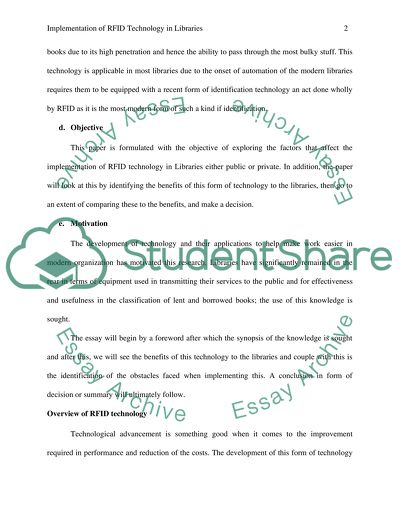Cite this document
(“Implementation of RfId Technology in Libraries Research Paper”, n.d.)
Retrieved from https://studentshare.org/systems-science/1480084-implementation-of-rfid-technology-in-libraries
Retrieved from https://studentshare.org/systems-science/1480084-implementation-of-rfid-technology-in-libraries
(Implementation of RfId Technology in Libraries Research Paper)
https://studentshare.org/systems-science/1480084-implementation-of-rfid-technology-in-libraries.
https://studentshare.org/systems-science/1480084-implementation-of-rfid-technology-in-libraries.
“Implementation of RfId Technology in Libraries Research Paper”, n.d. https://studentshare.org/systems-science/1480084-implementation-of-rfid-technology-in-libraries.


